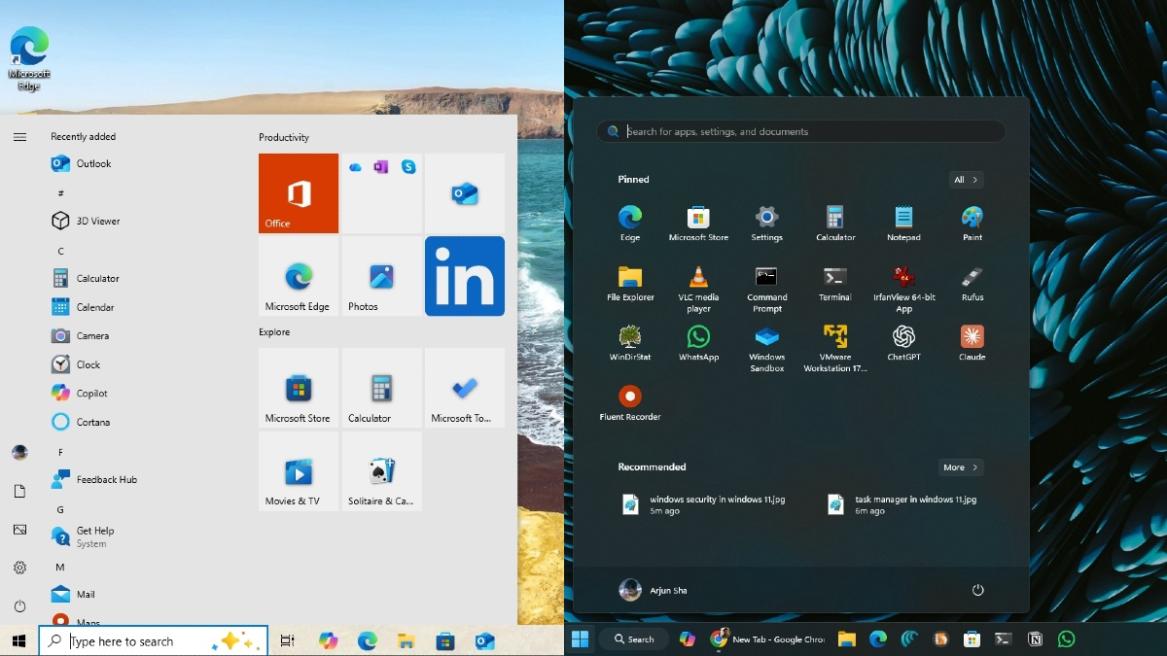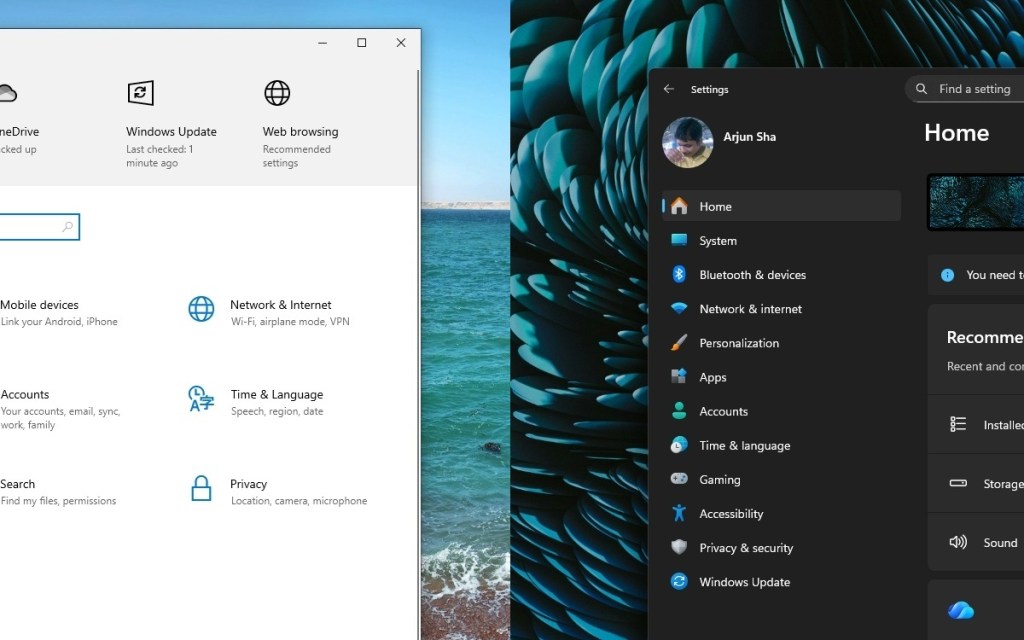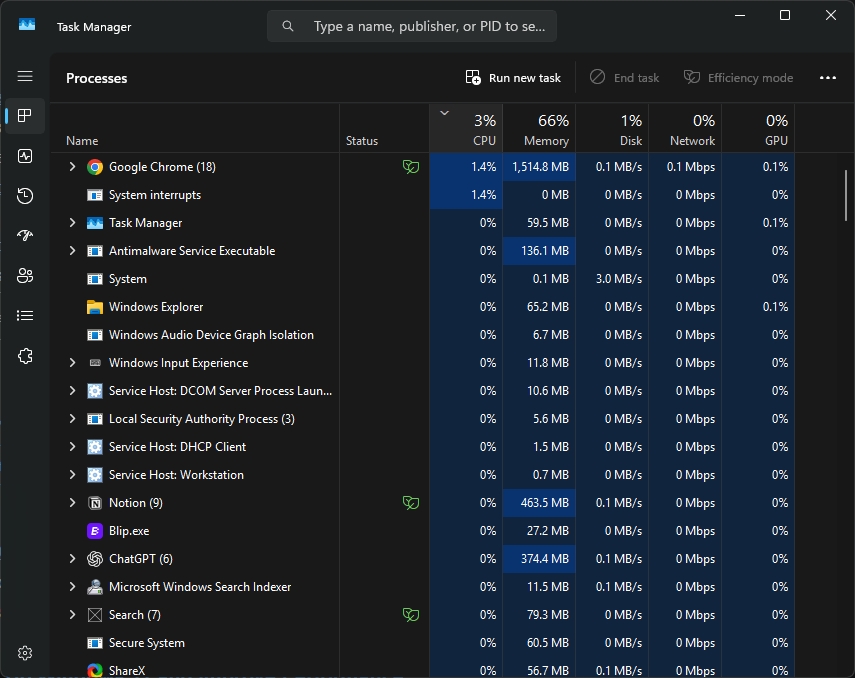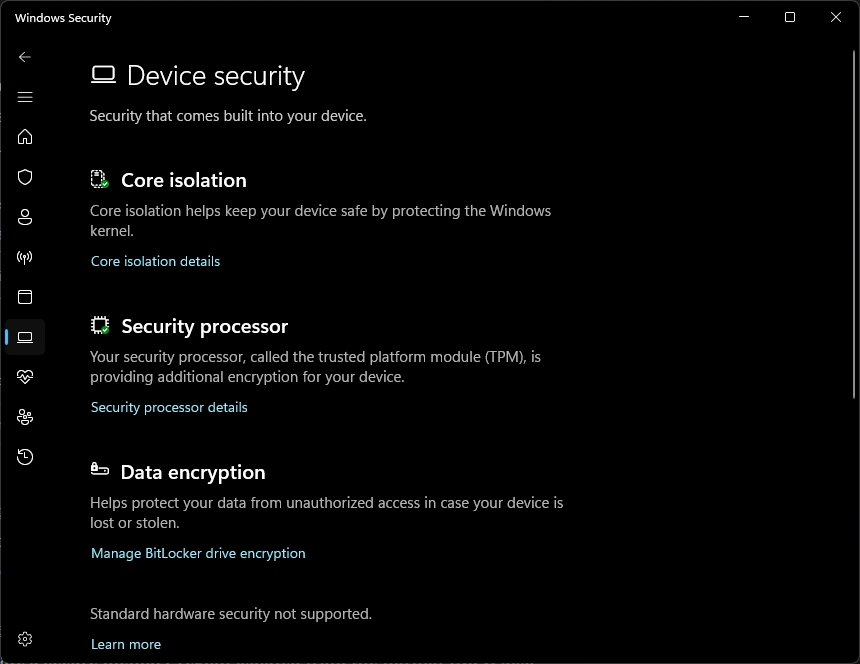
Windows 10 is officially dead and it will no longer receive feature updates, bug fixes, security patches, or technical assistance from Microsoft. After a remarkable decade-long run, it’s indeed an end of an era. Windows 10 was launched in 2015 after the controversial Windows 8 update that introduced a radical design shift with its “Metro” interface.
In many ways, Windows 10 was seen as Microsoft’s return to its roots by restoring the familiar Start menu and shifting its focus toward improving performance and stability. As a result, Windows 10 became a solid operating system and even overtook the much-loved Windows 7 in just two years of its release. This was a testament to Windows 10’s success.
However, with the release of Windows 11 in 2021, and after four years of performance and design improvements, I feel the time for Windows 10 has finally come to an end and users should switch to Windows 11. My reasons broadly falls into three categories: cohesive design, performance and stability, and security.
Windows 10’s Design Feels Out of Place in 2025
I have Windows 10 installed in a virtual machine for testing purposes. I do not use it regularly, but often, I run the Windows 10 VM to test it or find some old features. And each time I use Windows 10, it feels outdated, and frankly, something that doesn’t fit in 2025. Its sharp-edged window corners is in direct contrast to Windows 11’s softer, rounded design language.
The sharp corners feel harsh and uninviting while Windows 11’s rounded design adds a sense of calm and improves visual comfort. I will just say that Windows 10’s design language never quite sat right with me. I have always preferred rounded geometry and softer UI aesthetics that is in line with modern design language.

It appears that after the backlash of Windows 8, Microsoft dropped all plans to experiment with Windows 10’s design. Any visual element that might have added even a slight performance penalty was removed, which resulted in a conservative interface.
I get that people like to use a stable and functional operating system over a visually appealing one, but Windows 11 has matured into both in 2025, especially after the 24H2 update. The UI is nearly consistent across the system and performance is on par, if not better than Windows 10. With that, let’s now move to the performance section.
Windows 11 is Now More Stable Than Windows 10
According to Steam’s hardware survey, Windows 11 usage has climbed to 63% while Windows 10 has dropped to 32%. This reversal trend started in August this year, and since then, Windows 11 has only gained more users. It’s a clear sign that gamers, who mostly value performance and stability above all else, are finally embracing Windows 11 as their gaming platform.
Even for general consumers, Windows 11 has become rock solid, and delivers faster performance than Windows 10. Microsoft has significantly improved CPU and RAM management, startup apps are launched in a staggered manner, boot time has reduced drastically, and more.

Personally, I have not seen a BSOD screen on my Windows 11 PC even once, and I dual-boot with another Insider build. I have moved back and forth between multiple Insider channels and everything has worked seamlessly without the PC crashing out of the blue.
One thing I must discuss is Microsoft’s new DCH driver principles which has resulted in far fewer crashes. We know that Windows mostly crashes due to driver issues, but thanks to this leaner, legacy-free DCH driver architecture, Windows 11 enjoys better stability. Finally, Windows 11 updates are much faster now as they are nearly 40% smaller in size.
Windows 11 is Far More Secure by Default
There are many Windows 10 users who can’t upgrade to Windows 11 as their PCs lack a TPM security chip. But I argue that the TPM chip is not just an arbitrary hardware requirement, but essential for maintaining Windows 11’s security-first approach.
The TPM chip is responsible for securely generating and storing cryptographic keys including passwords, Windows Hello authentication, encryption keys, BitLocker keys, device identity attestation, and more. This safeguards the most sensitive information on your PC.

Along with that, Secure Boot is turned on by default on Windows 11 to prevent malicious software including unauthorized bootloaders or rootkits from loading during the boot process. Thanks to Secure Boot, only trusted and digitally signed software loads during startup.
Plus, Virtualization-based Security (VBS) is enabled by default on Windows 11 which uses hardware virtualization features to create a secure memory region isolated from the normal OS. It also protects sensitive processes such as credential handling and kernel-level code.
In addition, Core Isolation and Memory Integrity (HVCI) are also enabled by default on Windows 11. These security features harden the kernel and ensures that only trusted and signed drivers can run in critical system areas. Put together, with all these security features, Windows 11 is much more resistant to malware attacks, thanks to its secure-by-default approach.






